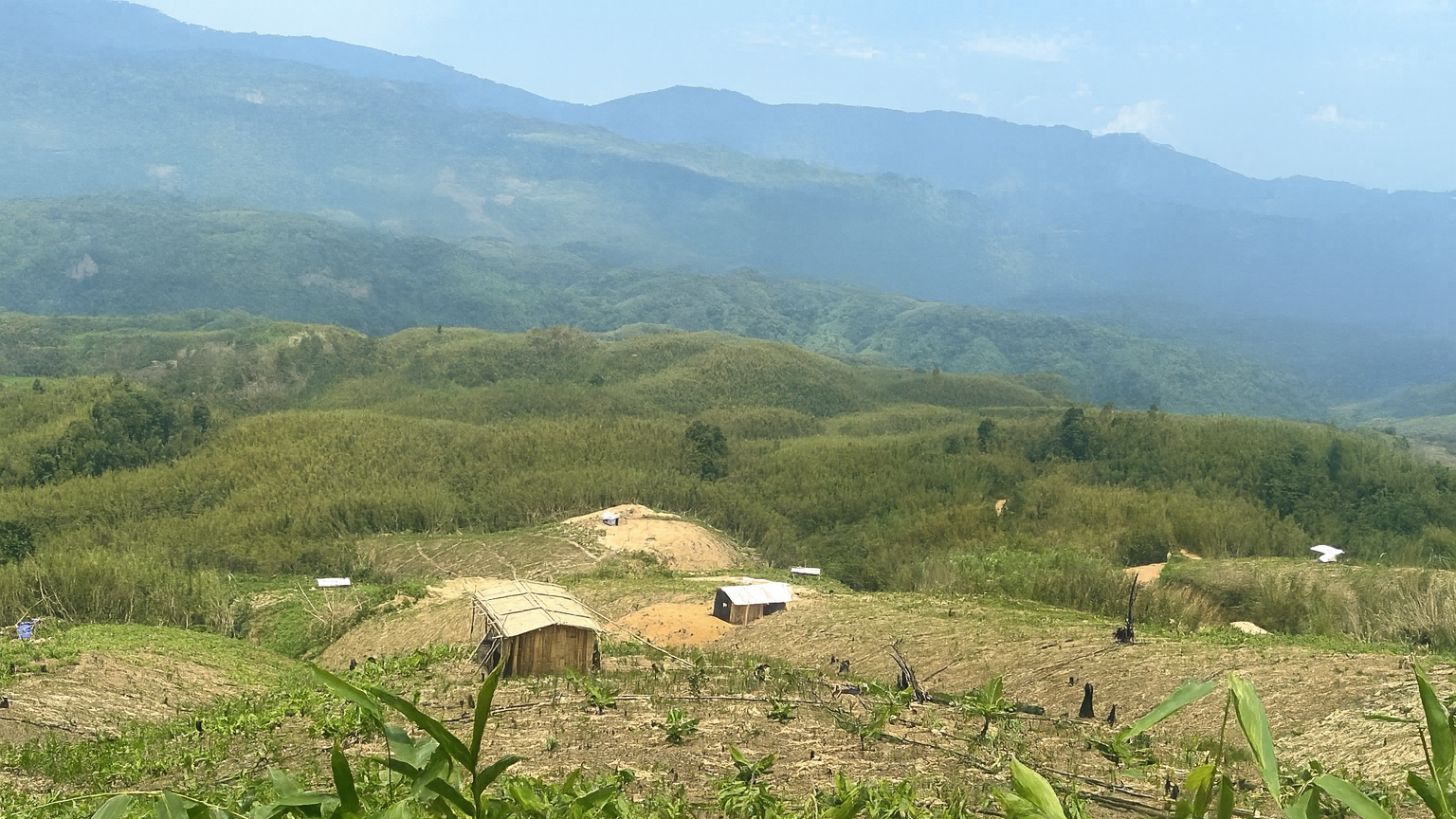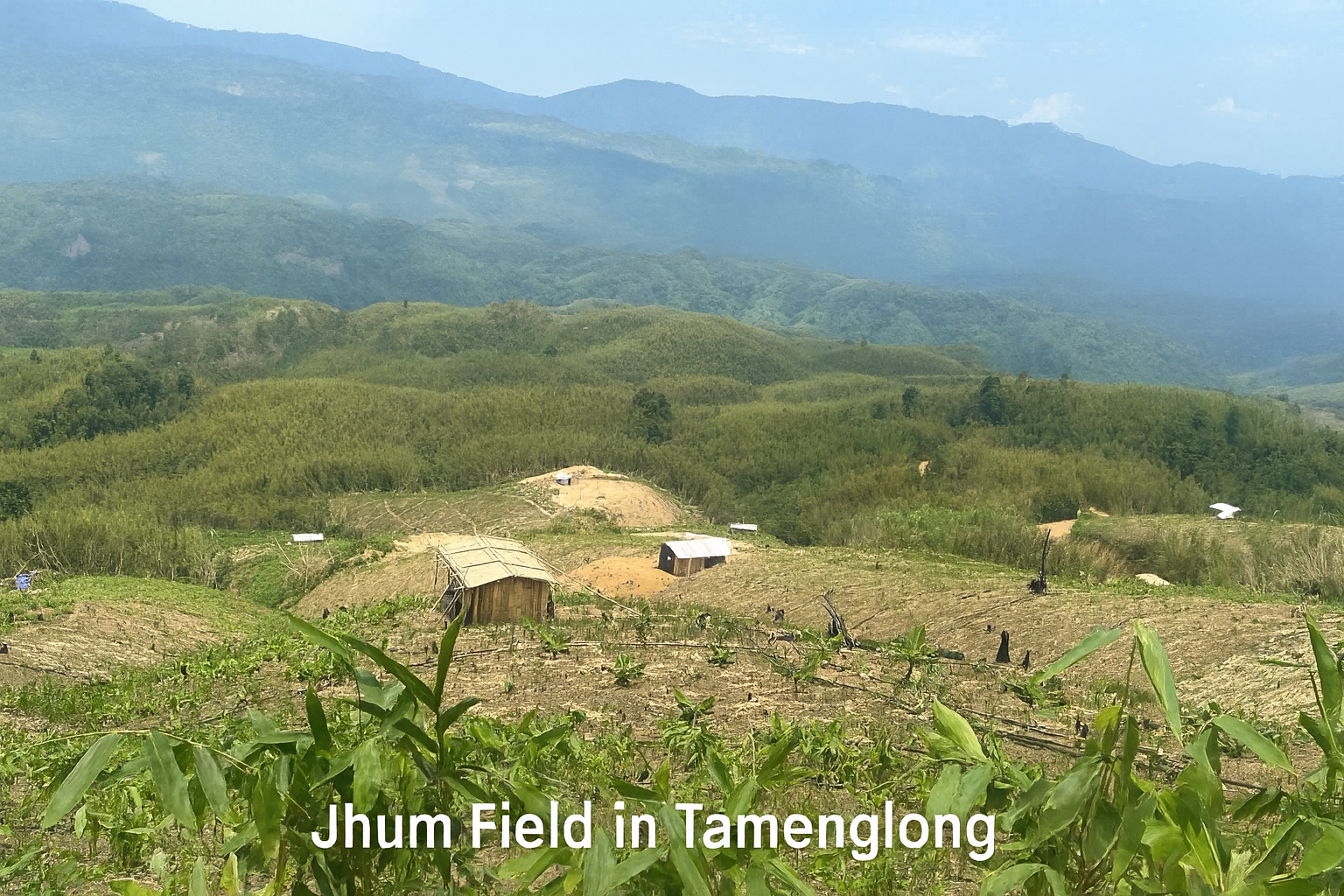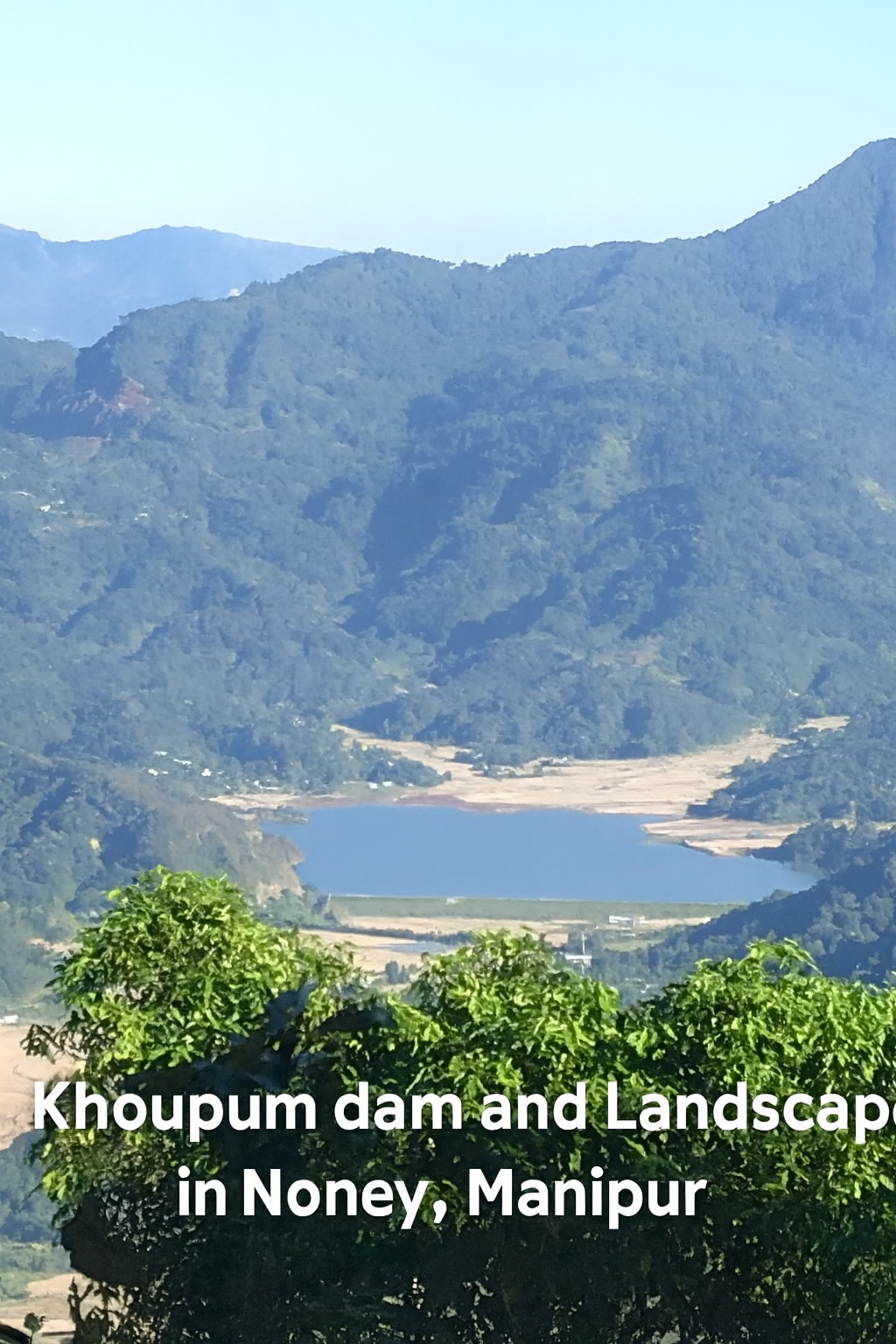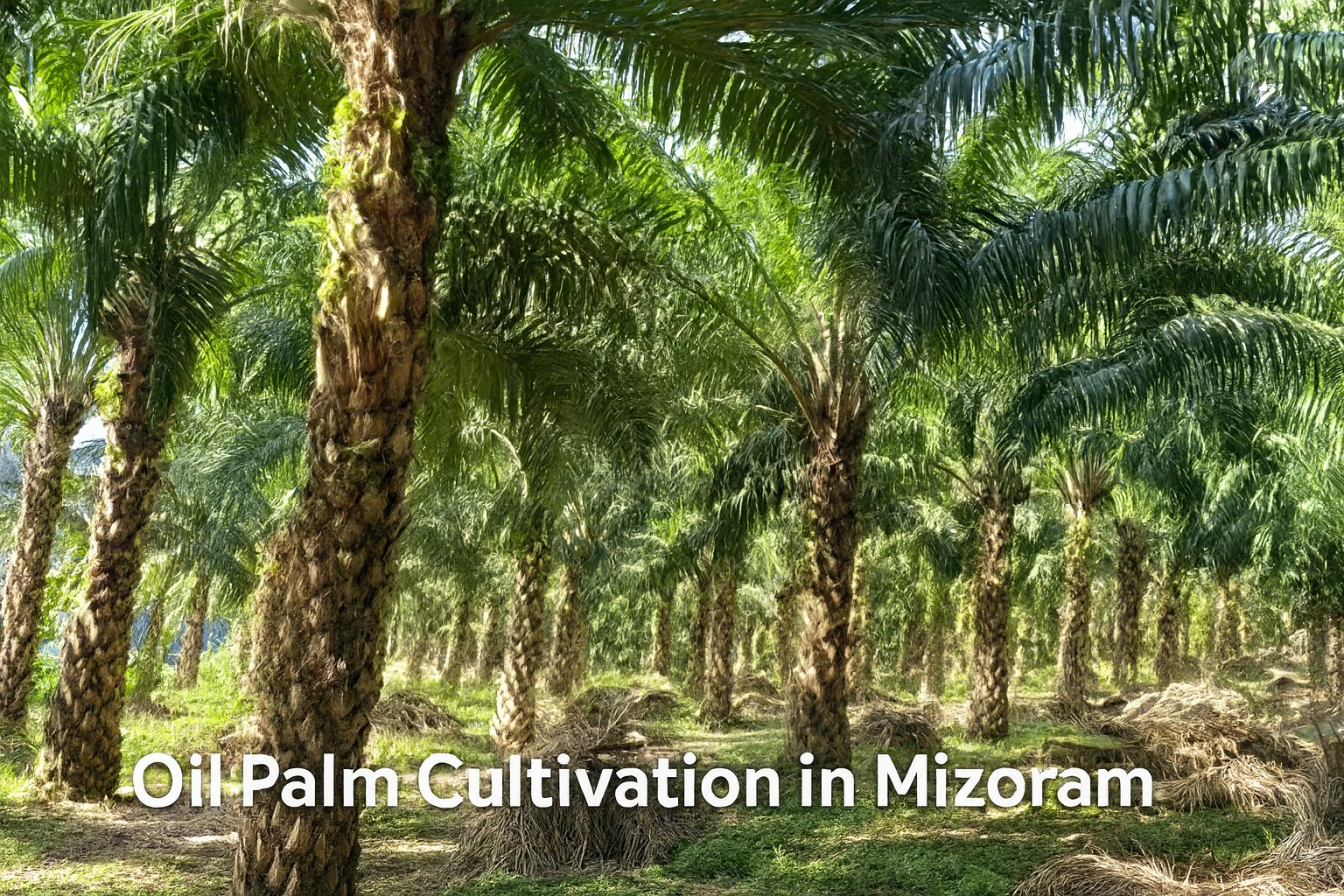Carbon Markets and Indigenous Peoples in Northeast India: A Critical Reflection

In recent years, carbon markets have emerged as one of the most celebrated tools in the global climate policy arena. Both voluntary and compliance carbon markets are promoted as efficient, techno-managerial solutions to the climate crisis. Governments, corporations, and financial institutions have embraced them, arguing that monetizing carbon sequestration through forests, soil, and renewable energy projects provides a win-win: reducing emissions while delivering much-needed finance to developing countries and communities. (Lederer, 2012; Kossoy & Guigon, 2012; Bumpus & Liverman, 2008; Lohmann, 2010)
Globally, these markets are now worth billions of dollars. Yet behind this glittering promise lies a harsh reality: carbon markets often fail the very communities who have nurtured ecosystems for generations. For Indigenous Peoples in Northeast India, where forests, shifting cultivation, and community commons are integral to cultural identity and survival, carbon markets are neither just nor sustainable. Instead of supporting Indigenous stewardship, they risk turning ancestral lands into commodities, displacing communities, and funnelling money into the hands of developers, certifiers, and brokers.
This article critically reflects on how carbon markets affect Indigenous Peoples in Northeast India and argues for alternative climate finance rooted in community stewardship—a pathway that supports sustainable livelihoods while delivering genuine climate benefits.

The Techno-Managerial Trap
Carbon markets operate through highly technical mechanisms: (Corbera & Schroeder, 2011)
- Measurement, Reporting, and Verification (MRV) of carbon stocks and emissions reductions,
- Third-party certification by international agencies, and
- Trading of carbon credits on global exchanges.
These systems require enormous technical expertise, capital investment, and bureaucratic navigation. Indigenous communities in Northeast India—whether Rongmei, other Naga tribes, Khasi, Mizo, or Garo, etc — rarely possess such resources. As a result, external actors dominate the process.
Project developers draft proposals and negotiate contracts. Certifiers and brokers charge heavy fees for validation and trading. Corporations in the Global North then buy the credits at low cost to offset their own pollution. By the time revenues trickle down, communities often receive as little as 10 per cent of the funds, with 90 per cent captured elsewhere. (Böhm & Dabhi, 2009) (Gilbertson & Reyes, 2009) (Karsenty, 2010)
This reflects a continuation of extractive economies, simply repackaged in green rhetoric. Forests are locked into contracts for 20–30 years, and traditional practices such as Jhum (shifting cultivation), firewood collection, grazing, or harvesting non-timber forest produce may be restricted or even criminalized. (Karlsson, 2011)

Indigenous Worldviews vs. Carbon Commodification
For Indigenous Peoples of Northeast India, forests are not merely stands of trees or carbon stocks. They are ancestral commons, governed by customary law and embedded in spiritual and cultural life. Forests are food, medicine, housing, and identity. Land is not owned in the Western sense but held in trust for future generations.
Carbon markets impose a radically different worldview. Forests are reduced to “carbon sinks” serving distant polluters. Nature becomes a commodity, measured in tons of carbon dioxide equivalent, detached from its cultural and ecological context.
This commodification clashes with Indigenous cosmologies, where humans and nature exist in reciprocal relationships of respect and responsibility. By entering carbon contracts, communities risk losing control over decision-making, undermining their sovereignty. In cases where restrictions are violated, they may even face displacement from their territories.

Who Really Benefits?
The stark imbalance of benefits is visible across existing projects:
- Project Developers – usually outsiders, they prepare proposals, manage verification, and control negotiations. (Phelps, Webb, & Agrawal, 2010)
- Certifiers and Brokers – international agencies charging hefty fees for auditing and certification. (Phelps, Webb, & Agrawal, 2010)
- Investors and Polluters – corporations in the Global North who continue emitting while buying cheap credits. (Phelps, Webb, & Agrawal, 2010)
At the end of this chain, Indigenous communities—the actual custodians of the forests—receive the least. Benefit-sharing agreements are often opaque, with little community input. There is no regulation on carbon market. Instead of strengthening village councils and customary governance, such arrangements erode them.

Risks of Displacement and Loss of Access
Carbon projects typically come with long-term contracts (20–30 years). These agreements often:
- Restrict traditional practices like Jhum cultivation.
- Limit access to non-timber forest produce (NTFPs).
- Criminalize hunting, fishing, and grazing.
Such restrictions not only threaten livelihoods and food security, but also undermine cultural identity and self-determination. The irony is clear: in the name of saving the climate, the very people who have historically conserved forests are being excluded and dispossessed.
Limited Climate Benefits
Equally concerning, carbon markets deliver little actual climate benefit. By allowing corporations to offset instead of reducing their emissions, markets perpetuate fossil fuel dependence. Emissions continue in the Global North while credits are purchased cheaply from the Global South.
Moreover, carbon storage in forests is not permanent. Wildfires, pests, logging, or political upheavals can erase decades of sequestration in an instant. Indigenous lands are thus tied up in fragile promises, while the climate crisis worsens. (Murdiyarso et al., 2002)

Northeast India Context
The Northeast region is one of the world’s biodiversity hotspots, with dense forests, rich cultural heritage, and fragile ecosystems. Here, Indigenous communities are already facing: (Myers et al., 2000)
- Deforestation driven by infrastructure projects, extractive industries, and monoculture plantations such as oil palm. (Kumar & Nongkynrih, 2020)
- Displacement from hydroelectric dams, military occupation, and conservation enclosures like wildlife sanctuaries, biodiversity reserve, Forest reserves, etc. (Barpujari, 1998)
- Climate change impacts—erratic rainfall, floods, landslides, and crop failures. (Ravindranath & Sukumar, 1998)
In this context, climate finance rooted in community stewardship offers a far more just and sustainable solution than carbon markets. By empowering Indigenous governance institutions and investing in agroecology, restoration, and resilience, both Indigenous futures and climate goals can be safeguarded.
An Alternative Vision: Community-Led Climate Finance
If carbon markets are unjust and ineffective, what is the alternative? The answer lies in community-led climate finance, rooted in Indigenous stewardship and sustainable livelihoods.
Community Stewardship Funds – Direct financial flows to village councils, customary institutions, and federations of Indigenous peoples. Let communities decide how to use funds for forest protection, livelihood development, and adaptation.
Agroecology and SALT (Sloping Agricultural Land Technology) – Promote Indigenous farming innovations that combine soil conservation, water management, and food security. SALT, practiced in Manipur and other hill regions, is a proven method for sustainable agriculture that also sequesters carbon. (Watson & Laquihon, 1985)
Recognition of Customary Land Rights – Legal recognition of community ownership and governance over forests is essential. Without secure tenure, no climate finance model can be just or lasting.
Holistic Valuation of Forests – Move beyond carbon. Forests provide biodiversity, water regulation, food systems, and cultural identity. Finance must reflect these multidimensional values. (Ninan & Inoue, 2013)
Direct International Partnerships – Donors and multilateral institutions should bypass project developers and brokers. By partnering directly with Indigenous organizations, they can ensure transparency and that funds reach the grassroots.

The urgency
The urgency of this issue cannot be overstated. The carbon market is spreading across the Northeast region like wildfire, with new project developers approaching communities almost every week, offering promises of quick money in exchange for signing long-term contracts over ancestral lands. Without critical reflection and safeguards, these arrangements risk repeating histories of dispossession under a new, “green” label. It is therefore imperative to address this challenge both locally and globally, ensuring that Indigenous voices are central in decision-making. Only through strong collaboration between communities, civil society, policymakers, and international allies can we prevent further marginalization and build climate finance systems that truly support Indigenous stewardship while advancing real climate solutions. (Das & Nongkynrih, 2021)
Conclusion
Carbon markets, as they currently function, are a false promise for Indigenous Peoples in Northeast India. They commodify forests, enrich external actors, and displace communities from their ancestral ways of life—all while doing little to mitigate the climate crisis.
Instead, the world must shift towards community-led climate finance. By channelling resources directly to Indigenous Peoples, recognizing their customary land rights, and supporting their stewardship practices, we can ensure that:
- Indigenous life remains sustainable,
- Cultural heritage is preserved, and
- Climate change is meaningfully mitigated.
This is not only a matter of justice for Indigenous Peoples, but a necessity for global survival.
This article was kindly written, researched and submitted to IWGIA by Dimgonglung Rongmei (Dimgong), Executive Director, Realm of Nature Based Actions (RNBA), Northeast India. All research and views are those of the author.
All photos provided by the author.
Case snapshot – Oil palm expansion in Mizoram: Studies document ecological risks and socio-economic uncertainties linked to rapid oil palm promotion, including pressure on shifting cultivation landscapes and community land-use change (Kumar & Nongkynrih, 2020).
References
Barpujari, I. (1998). Development-induced displacement in Northeast India. Social Change, 28(2–3), 273–289.
Böhm, S., & Dabhi, S. (2009). Upsetting the offset: The political economy of carbon markets.
Bumpus, A. G., & Liverman, D. M. (2008). Accumulation by Decarbonization and the Governance of Carbon Offsets. Economic Geography, 84(2), 127–155.
Corbera, E., & Schroeder, H. (2011). Governing and implementing REDD+. Environmental Science & Policy, 14(2), 89–99.
Das, J., & Nongkynrih, A. K. (2021). Carbon offset projects in Northeast India: Emerging trends and risks. Indian Journal of Environmental Governance, 25(2), 117–136.
Gilbertson, T., & Reyes, O. (2009). Carbon Trading: How it works and why it fails.
Karlsson, B. G. (2011). Unruly Hills: A Political Ecology of India's Northeast.
Karsenty, A. (2010). Forest governance and the CDM: An assessment of the issues.
Kossoy, A., & Guigon, P. (2012). State and Trends of the Carbon Market 2012. World Bank.
Kumar, R., & Nongkynrih, K. (2020). Oil palm cultivation in Northeast India: ecological and social risks. Economic & Political Weekly, 55(21).
Lederer, M. (2012). Carbon markets and the politics of carbon finance: The case of the Clean Development Mechanism. Global Environmental Politics, 12(3), 1–19.
Lohmann, L. (2010). Uncertainty markets and carbon markets: Variations on Polanyian themes. New Political Economy, 15(2), 225–254.
Murdiyarso, D., van Noordwijk, M., Wasrin, U. R., Tomich, T. P., & Gillison, A. N. (2002). Environmental benefits and sustainable land-use options in tropical peat swamp forests.
Myers, N., Mittermeier, R. A., Mittermeier, C. G., da Fonseca, G. A., & Kent, J. (2000). Biodiversity hotspots for conservation priorities. Nature, 403, 853–858.
Ninan, K. N., & Inoue, M. (2013). Valuing forest ecosystem services: Case study of a forest reserve in Japan. Ecological Research, 28(1), 49–60.
Phelps, J., Webb, E. L., & Agrawal, A. (2010). Does REDD+ threaten to recentralize forest governance? Science, 328(5976), 312–313.
Ravindranath, N. H., & Sukumar, R. (1998). Climate change and tropical forests in India. Climatic Change, 39(2–3), 563–581.
Sarin, M., & Baginski, O. S. (2010). Community forest governance in Northeast India.
Watson, H. R., & Laquihon, W. (1985). Sloping Agricultural Land Technology (SALT): A sustainable method of farming the uplands. Mindanao Baptist Rural Life Center.
Tags: Land rights


